
The flannel moths or crinkled flannel moths are a family of insects. They occur in North America and the New World tropics. The larvae are called puss caterpillars, and with their long hairs, resemble cotton balls. They have venomous spines that can cause a painful sting and inflammation lasting for several days. In some cases, the sting may cause headache, nausea, and shock-like symptoms. Perhaps the most notorious for stinging is the caterpillar of Megalopyge opercularis.
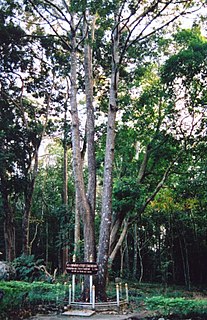
Shorea is a genus of about 196 species of mainly rainforest trees in the family Dipterocarpaceae. The genus is named after Sir John Shore, the governor-general of the British East India Company, 1793–1798. The timber of trees of the genus is sold under the common names lauan, luan, lawaan, meranti, seraya, balau, bangkirai, and Philippine mahogany.

Endoclita is a genus of moths of the family Hepialidae. There are 60 described species found in eastern and southeast Asia and the Indian subcontinent.
Gogana is a genus of moths of the family Drepanidae. The genus was erected by Francis Walker in 1866. There are currently about 15 described species, all of which are found on Borneo, but some of which also have ranges in Sumatra and Peninsular Malaysia. The larvae feed on palms.
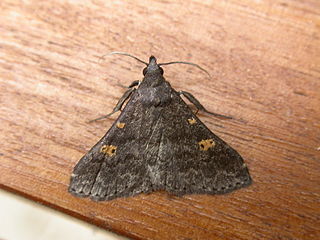
Naarda is a large genus of erebid moths currently encompassing 108 species. Initially identified by Francis Walker in 1866, it is in the family Erebidae. Somewhat ruddy in appearance, this genus is distinguishable for its generally slender thorax and abdomen, and straight, porrect labial palpi. Most species are a light tan color, but shading can reach as deep as a charcoal, with muddy yellow, conspicuous reniform, orbicular stigmata featured on the forewings, sometimes reflected bilaterally superior.
Mantala is a monotypic moth genus in the subfamily Arctiinae. Its single species, Mantala tineoides, is found on Borneo. Both the genus and the species were first described by Francis Walker in 1862. The habitat consists of lowland and lower montane forests.

Ugia is a genus of moths in the family Erebidae erected by Francis Walker in 1858.

Anuga is a genus of moths of the family Euteliidae. The genus was erected by Achille Guenée in 1852.
Batracharta is a genus of moths of the family Erebidae. The genus was erected by Francis Walker in 1862.
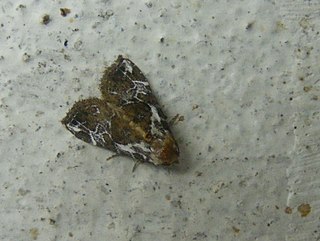
Chorsia is a genus of moths of the family Erebidae. The genus was erected by Francis Walker in 1863.

Egnasia is a genus of moths of the family Erebidae. The genus was first described by Francis Walker in 1859.
Hypenagonia is a genus of moths of the family Erebidae first described by George Hampson in 1893. The adult moths have pale brown wings with a dark band across each wing. The wingspan of these moths is about 1 centimeter.
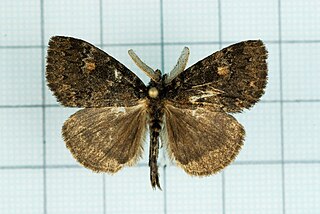
Ilema is a genus of tussock moths in the family Erebidae. The genus was described by Walker in 1855 and renamed by Moore in 1860, because Walker's chosen name was preoccupied.

Herochroma is a genus of moths in the family Geometridae. The genus was described by Charles Swinhoe in 1893.
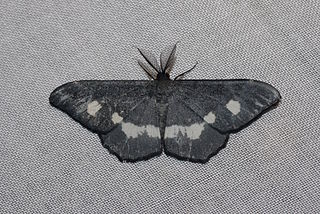
Hyposidra is a genus of moths in the family Geometridae first described by Achille Guenée in 1857.
Idiochlora is a genus of moths in the family Geometridae. The genus was described by Warren in 1896.

Plutodes is a genus of moths in the family Geometridae erected by Achille Guenée in 1857.
Scintillithex is a genus of moths in the family Geometridae. It contains only one species, Scintillithex glaucisparsa, which is found on Borneo and Peninsular Malaysia.
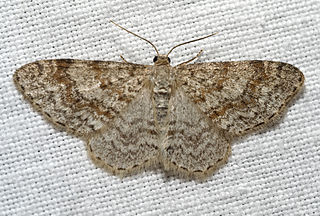
Asthenini is a tribe of geometer moths under subfamily Larentiinae first described by Warren in 1893. The tribe has been combined with Eupitheciini in the past, most notably by Jeremy Daniel Holloway in his work The Moths of Borneo.

Lymantriini is a tribe of moths of the family Erebidae. This tribe is a group of polyphagous moths that reside mostly in the tropical regions of Afro-Eurasia but also North America.













